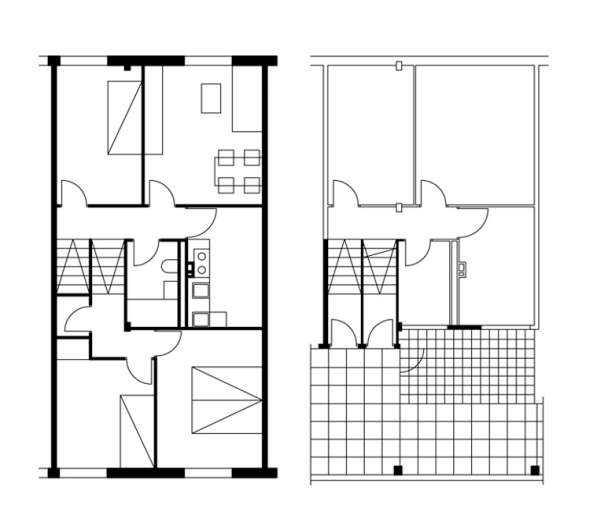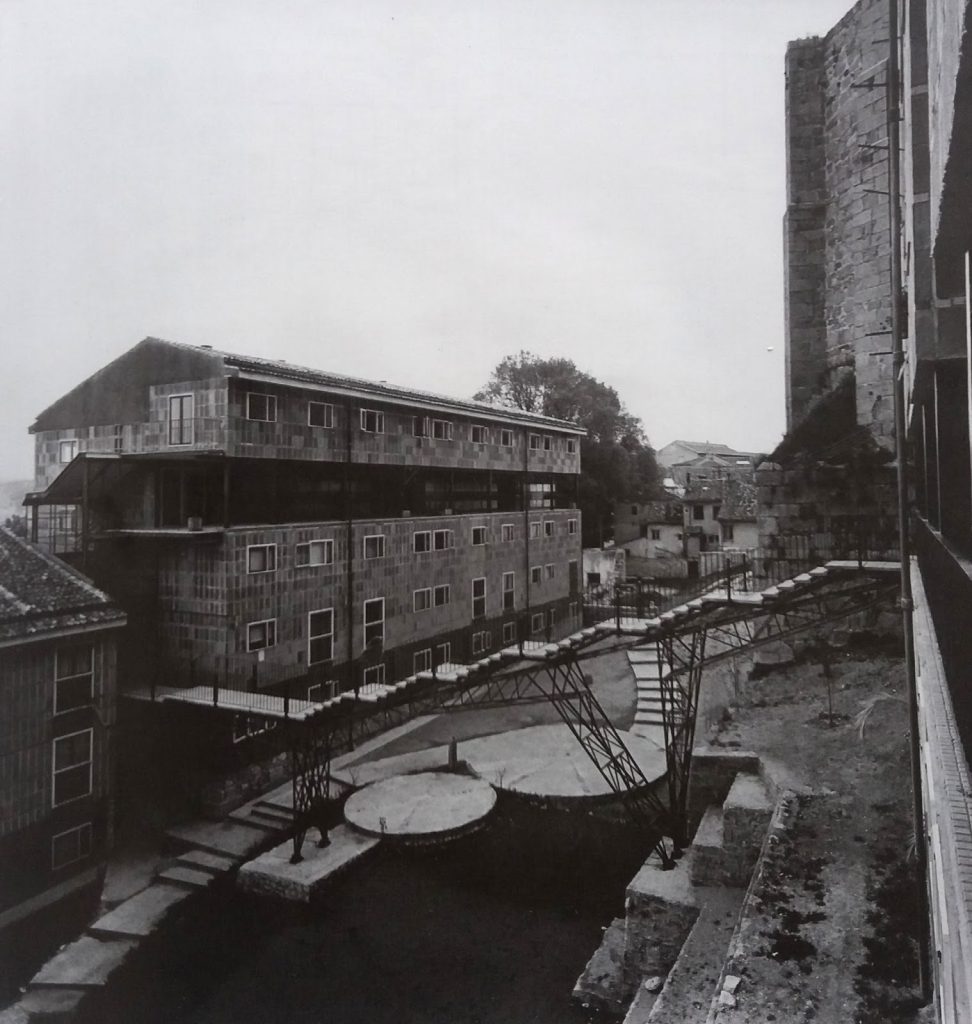“A community should be builtp up from a hierarchy of associational elements and tries to express the various levels of associotacion – the house, the street, the district, the city. It is important to realise that the terms used are not to be taken as the reality but as the idea and that it is our task to find new equivalents for these forms of association for our non-demonstrative society. The traditional street, considered as an arena, is changed by the presence of motor vehicles.
In the old tradition, the street outside the house is the first point of contact whre children learn for the first time of the world outside. Here are carried on those adult activities which are essential to everyday life – THE STREET.
Re-identifying man with his environment cannot be achieved by using historical forms of house groupings as the social reality they represent no longer exists. The Golden Lane idea, a multilevel city with residential streets-in-the-air, is an attempt at another house grouping.
From the multilevel street, people are in direct contact with the larger range of activities which give identity to their community – THE DISTRICT.
Even in a small town compactness is essential. Quarters, each associated with a certain sort of work vary in height and density to suit their needs.
Districts in association generate the need for a richer scale of activities which in turn give identity to the ultimate community – THE CITY.“
“Una comunidad debe construirse a partir de una jerarquía de elementos asociativos e intentar expresar los diversos niveles de asociación: la casa, la calle, el distrito, la ciudad. Es importante darse cuenta de que los términos utilizados no deben tomarse como la realidad, sino como idea y que es nuestra tarea encontrar nuevos equivalentes para estas formas de asociación para nuestra sociedad. La calle tradicional, considerada como un escenario, se ve modificada por la presencia de vehículos motorizados. En la antigua tradición, la calle, fuera de la casa, es el primer punto de contacto donde los niños aprenden por primera vez sobre el mundo exterior. Aquí se incluyen las actividades para adultos que son esenciales para la vida cotidiana – LA CALLE.
Conectar al hombre con su entorno inmediato no puede conseguirse simplemente con el uso de agrupaciones de casas, ya que la realidad social que representan ya no existe. La idea de Golden Lane, una ciudad de varios niveles con calles residenciales en el aire, es un intento de otro tipo de agrupación de casas. En la calle multinivel, las personas están en contacto directo con la amplia gama de actividades que dan identidad a su comunidad – EL DISTRITO. Incluso en una ciudad pequeña, la compacidad es esencial. Los cuartos, cada uno asociado con un cierto tipo de trabajo varían en altura y densidad para adaptarse a sus necesidades. Los distritos en asociación generan la necesidad de una escala más rica de actividades que a su vez den identidad a la comunidad final – LA CIUDAD “.
Allison and Peter Smithson. Cluster. 1949
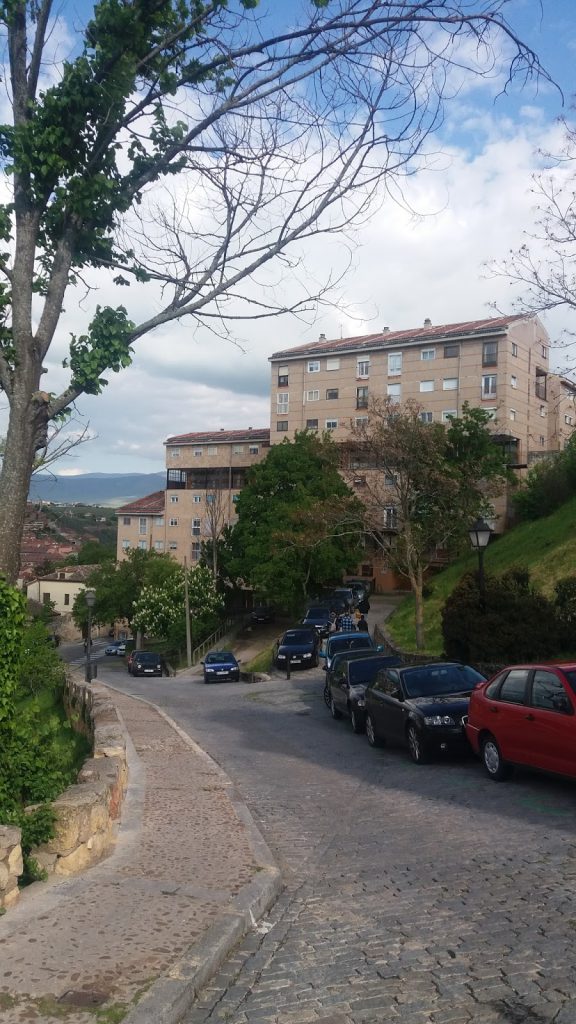 |
| Image by Hidden Architecture |
 |
| Image by Hidden Architecture |
 |
| Image by Hidden Architecture |
 |
| Image by Hidden Architecture |
 |
| Image by Hidden Architecture |
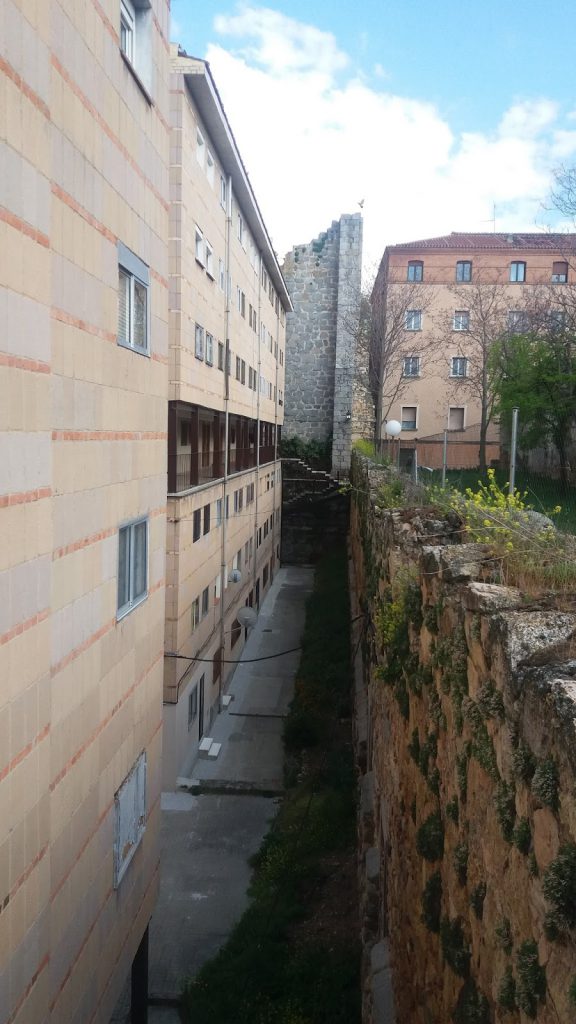 |
| Image by Hidden Architecture |
 |
| Image by Hidden Architecture |
 |
| Image by Hidden Architecture |
 |
| Image by Hidden Architecture |
 |
| Image by Hidden Architecture |
 |
| Image by Hidden Architecture |
 |
| Image by Hidden Architecture |
 |
| Image by Hidden Architecture |
 |
| Image by Hidden Architecture |
 |
| Image by Hidden Architecture |
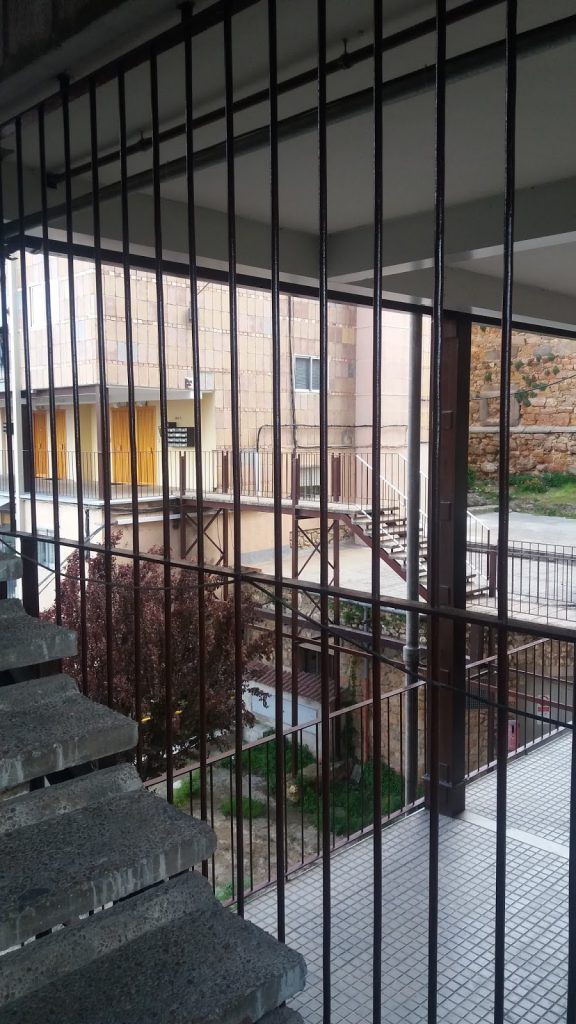 |
| Image by Hidden Architecture |
 |
| Image by Hidden Architecture |
 |
| Image by Hidden Architecture |
 |
| Image by Hidden Architecture |
 |
| Image by Hidden Architecture |
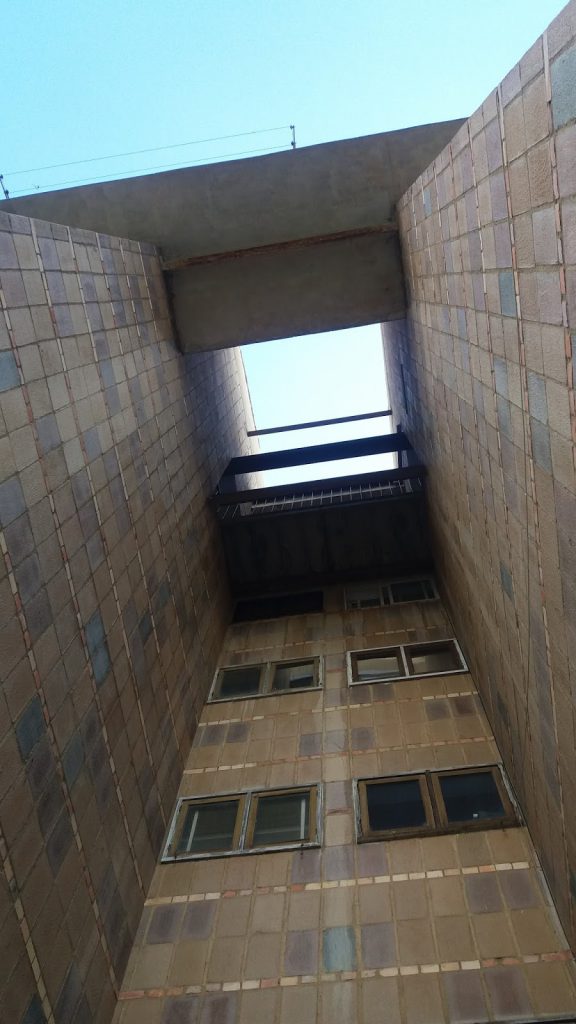 |
| Image by Hidden Architecture |
 |
| Image by Hidden Architecture |
 |
| Image by Hidden Architecture |
 |
| Image by Hidden Architecture |
 |
| Image by Hidden Architecture |
 |
| Image by Hidden Architecture |
 |
| Image by Hidden Architecture |
 |
| Image by Hidden Architecture |



































